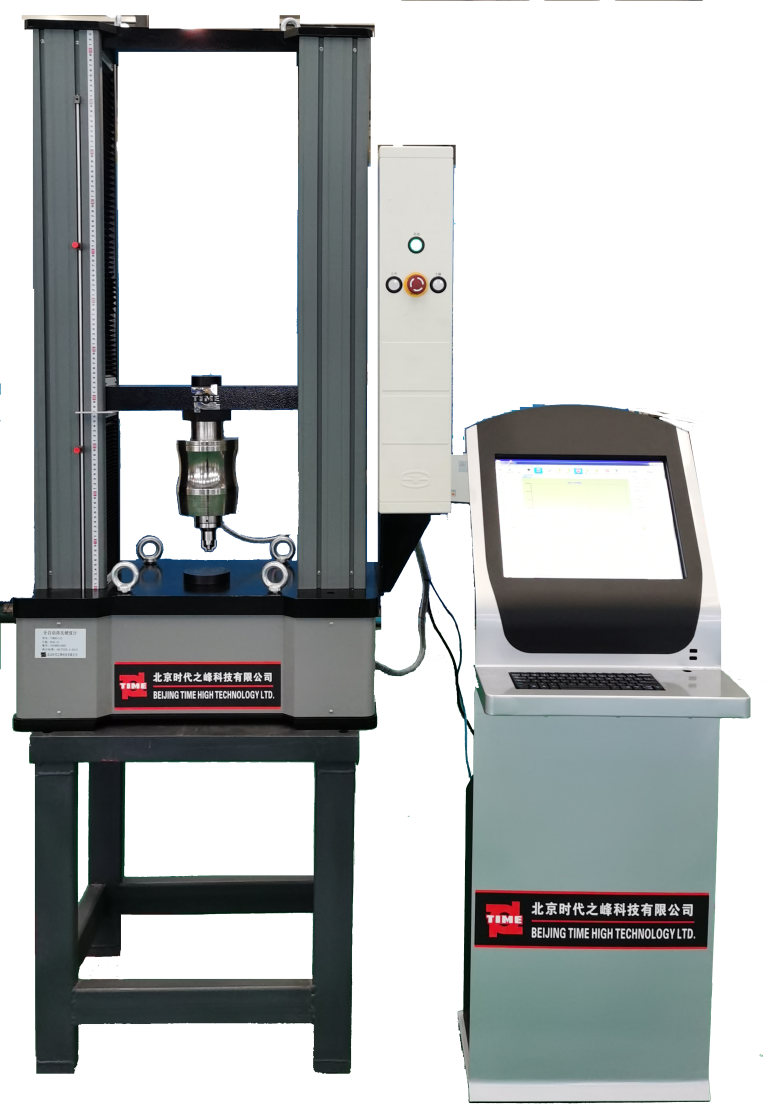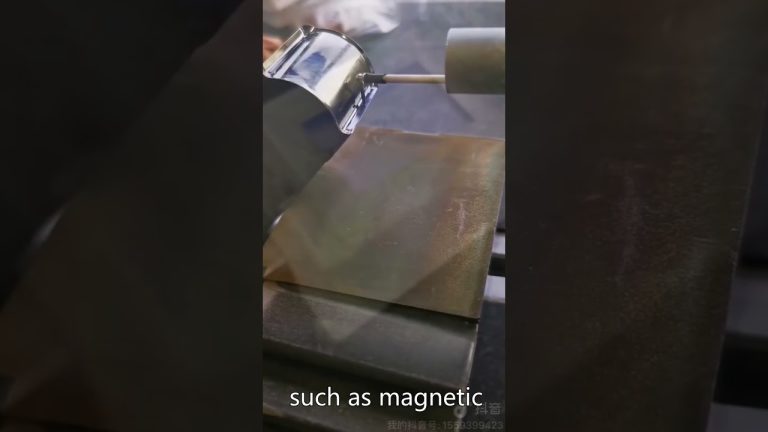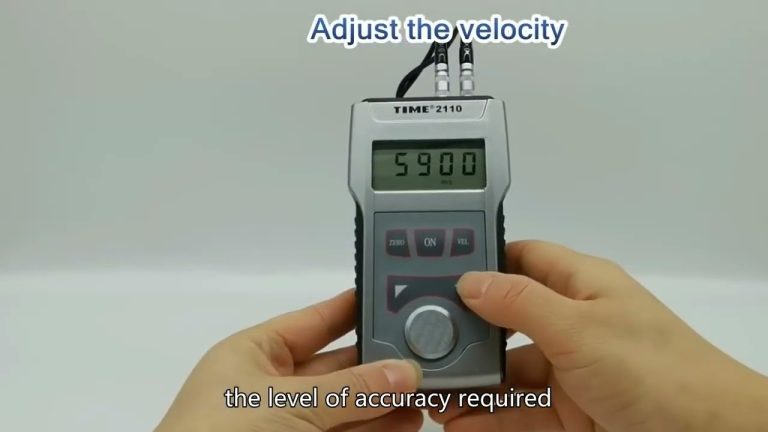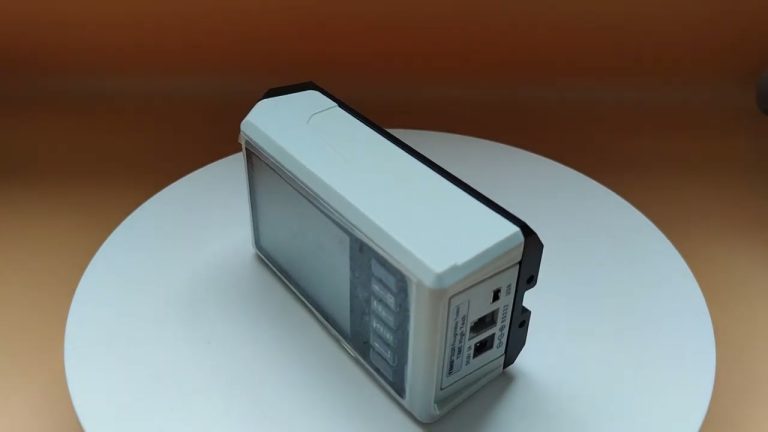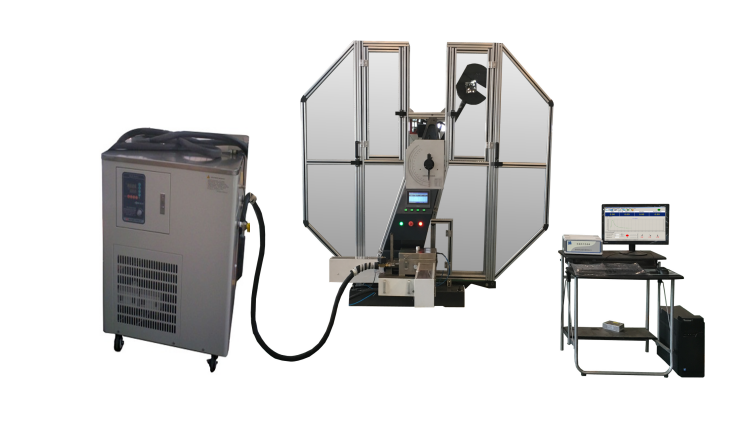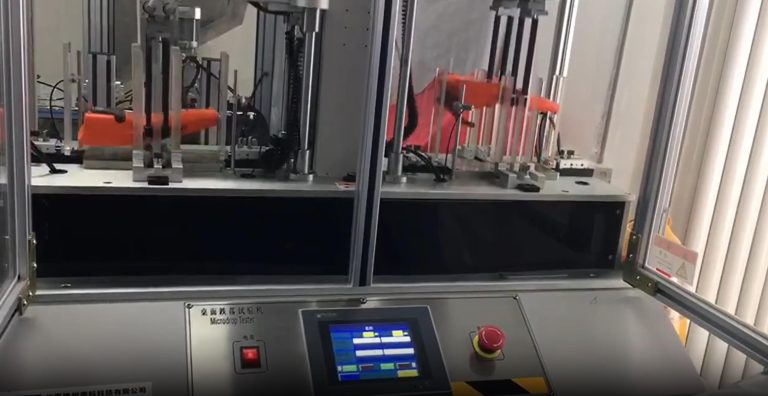- When the surface roughness Ra is 0.1μm, what are the characteristics of the surface shape and how to apply it?
Answer: The surface shape is characterized by a dark glossy surface. It is used in the holes where the main spindle box of precision machine tools matches the sleeve. The surfaces that the instrument must bear friction during use, such as guide rails, groove surfaces, etc., the surface of the hole used for hydraulic transmission, and the surface of the valve. Working surface, cylinder inner surface, piston pin surface, etc. General mechanical design limits. Grinding is very uneconomical.

- When the surface roughness Ra is 0.05μm, what are the characteristics of the surface shape and how to apply it?
Answer: The surface shape is characterized by a bright glossy surface, which is used in particularly precise rolling bearing ring raceways, ball and roller surfaces, the working surface of medium-precision clearance fitting parts in measuring instruments, the measuring surface of working gauges, etc.
- When the surface roughness Ra is 0.025μm, what are the characteristics of the surface shape and how to apply it?
Answer: The surface shape is characterized by a mirror-like glossy surface, which is used in particularly precise rolling bearing ring raceways, balls and roller surfaces, and the mating surfaces of plungers and plunger sleeves in high-pressure oil pumps to ensure a highly airtight bonding surface, etc.
51. When the surface roughness Ra is 0.012μm, what are the characteristics of the surface shape and how to apply it?
Answer: The surface shape feature is a foggy mirror surface, which is applied to the measuring surface of instruments, the working surface of high-precision clearance fit parts in measuring instruments, the working surface of gauge blocks with a size exceeding 100mm, etc.
- When the surface roughness Ra is 0.008μm, what are the characteristics of the surface shape and how to apply it?
Answer: The surface shape feature is mirror surface, which is used in the working surface of gauge blocks, the measuring surface of high-precision measuring instruments, and the metal mirror surface in optical measuring instruments, etc.
- When the surface roughness Ra is >10-40μm, what are the economical processing methods?
Answer: The economical processing methods are rough turning, rough planing, rough milling, drilling, rasping, and sawing.
- When the surface roughness Ra is >5-10μm, what are the economical processing methods?
Answer: The economical processing methods are turning, planing, milling, boring, drilling and rough reaming.
- When the surface roughness Ra is >2.5-5μm, what are the economical processing methods?
Answer: The economical processing methods are turning, planing, milling, boring, grinding, drawing, rough scraping and rolling.
- When the surface roughness Ra is >1.25-2.5μm, what are the economical processing methods?
Answer: The economical processing methods are turning, planing, milling, boring, grinding, drawing, scraping, pressing and tooth milling.
- When the surface roughness Ra is >0.63-1.25μm, what are the economical processing methods?
Answer: The economical processing methods are turning, boring, grinding, drawing, scraping, fine reaming, gear grinding, and rolling.
- When the surface roughness Ra is >0.32-0.63μm, what are the economical processing methods?
Answer: The economical processing methods are fine reaming, fine boring, grinding, scraping and rolling.
- When the surface roughness Ra is >0.16-0.32μm, what are the economical processing methods?
Answer: The economical processing methods are fine grinding, honing, grinding and super-finishing.
60. When the surface roughness Ra is >0.08-0.16μm, what are the economical processing methods?
Answer: The economical processing methods are fine grinding, grinding and ordinary polishing.
61. When the surface roughness Ra is >0.01-0.08μm, what are the economical processing methods?
Answer: The economical processing methods are super fine grinding, fine polishing and mirror grinding.
62. When the surface roughness Ra is ≤0.01μm, what are the economical processing methods?
Answer: The economical processing methods are mirror grinding and super precision grinding.
- How to choose the thread surface roughness parameter value Ra?
Answer: When the accuracy level of coarse thread ordinary thread is level 4, Ra is 0.4-0.8μm.
When the accuracy level of coarse thread ordinary thread is level 5, Ra is 0.8μm.
When the precision grade of coarse thread ordinary thread is level 6, Ra is 1.6-3.2μm.
When the accuracy level of fine thread ordinary thread is level 4, Ra is 0.2-0.4μm.
When the accuracy level of fine-thread ordinary thread is level 5, Ra is 0.8μm.
When the accuracy level of fine-thread ordinary thread is level 6, Ra is 1.6-3.2μm.

